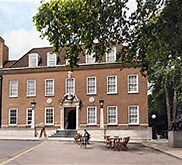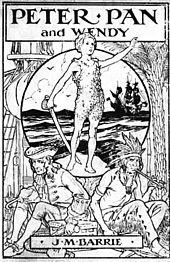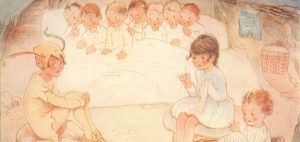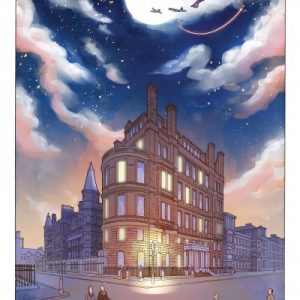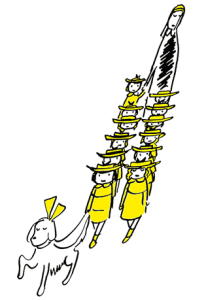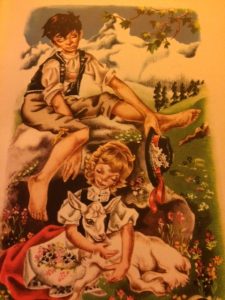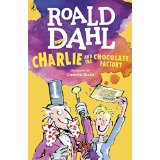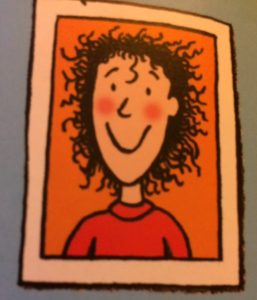Our boys – Born in London. Back to London in 1983.
04/04/2016ADOPTION TODAY – Help/information/support
07/06/2016During 2015 I turned on the radio and heard the following startling statement. I jotted it down
“Every 20 minutes a child enters the care system. There are currently 63,000 children in Care.” That figure surprised me.
Somewhere else I jotted down “Famous adoptees” that I knew of. I wrote:
- Steve Jobs ( of Apple fame),
- David Dickinson (Antiques programmes and “Who do you think you Are?”),
- Michael Gove (Government Minister),
- Jackie Kay (author and poet), Lemn Sissay (poet – former Writer in Residence at the South Bank).
Of course there are many more famous adoptees.
A few years ago I visited the Foundling Museum in London – the foundation that Thomas Coram set up in 18th Century with backing and support from Handel and Hogarth and other famous artists who were concerned about the fate of the many extremely poor and abandoned children.
I had seen the cabinet holding the tokens that mothers left when they left their children – The following matter-of-fact explanation taken from Wikipedia does not attempt to convey how moving it is to see these tiny, simple tokens.
EXTRACT from WIKIPEDIA: “Foundling tokens (coins, a button, jewellery, a poem) were given by mothers leaving their babies, allowing the Foundling Hospital to match a mother with her child should she ever come back to claim it. Sadly, the overwhelming majority of the children never saw their mothers again and their tokens are still in the care of the museum.”
Illustration – “Drawing on Childhood”
In February 2016 a friend drew my attention to an exhibition entitled “Drawing on Childhood”. It was an exhibition that featured the work of major illustrators from the eighteenth century to the present day, who have created powerful images of characters in fiction who are orphaned, adopted, fostered or found.
The exhibition was most interesting. It showed a variety of illustrations, sometimes by different illustrators of famous books, such as ‘Peter Pan’. For example Mabel Lucy Atwell’s illustrations were quite different in tone from earlier artists.
Here is the original book cover.
And here is Mabel Lucy Atwell’s illustration of the scene where Wendy reads to the Lost Boys.
I was interested to discover that in 2015 a graphic novel version of Peter Pan by Stref was published. Here is his picture of the grand house the Darlings lived in. The children can just be seen flying high above the house.
I imagine that most readers of this blog will be able to think of many stories about orphans. In fact, where would one begin?! Here are some authors and their illustrators that I think of first:
Charles Dickens (Oliver Twist, David Copperfield and many other characters, illustrated by many different artists – George Cruikshank being one of the most well-known)
Ludwig Bertelmans who wrote and illustrated the Madeline stories (1939).
In all these cases, the artists/illustrators added greatly to the story.
Later there were many stories by Noel Streatfeild featuring motherless children. A book I always enjoyed is “Heidi” by Johanna Spiri, illustrated here by Janet Johnston.
In the more modern era one can think of. Roald Dahl (James and the Giant Peach, Charlie – “Charlie and the Chocolate Factory”… “Matilda” illustrated by Quentin Blake)
Harry Potter! By J.K. Rowling.
“Tracy Beaker” and “Hettie Feather” by Jacqueline Wilson, who is famously illustrated by Nick Sharratt.
This is by no means an exhaustive list.
After the exhibition I had a cup of tea with my friend in the Museum’s café. I rather wish it had been there when our boys were young. The walls are covered with clearly printed names of people who were either adopted or fostered – ‘Looked After’. Their achievements are varied and impressive and often realised against great odds. It was most interesting and enlightening. I think if I were an adopted person I would have liked sitting there and I think I would have just soaked up the general atmosphere and the effect of all those names.
There is far more interest and I have heard that there is more help for adopted and looked-after children nowadays. I am glad about that.



